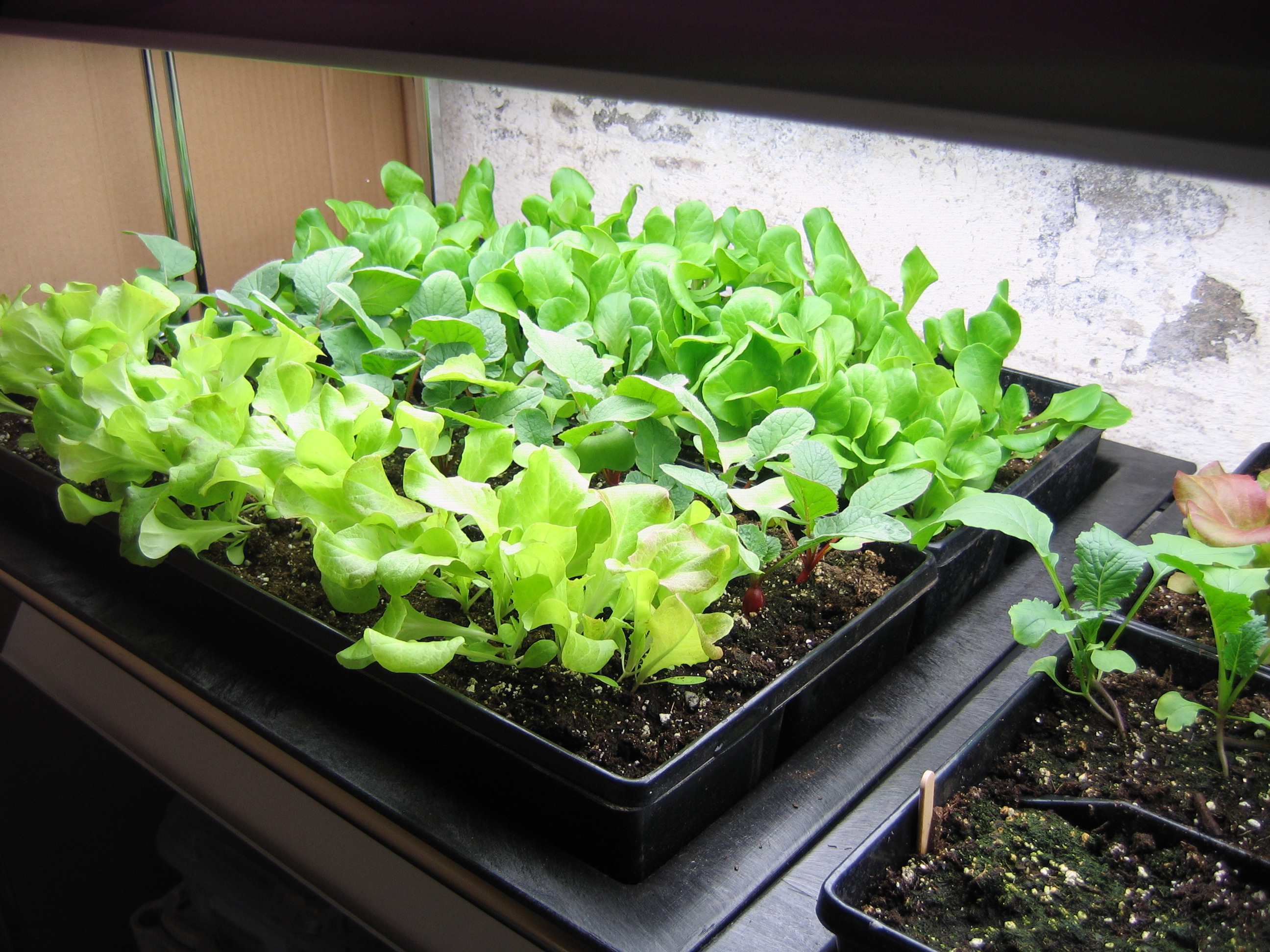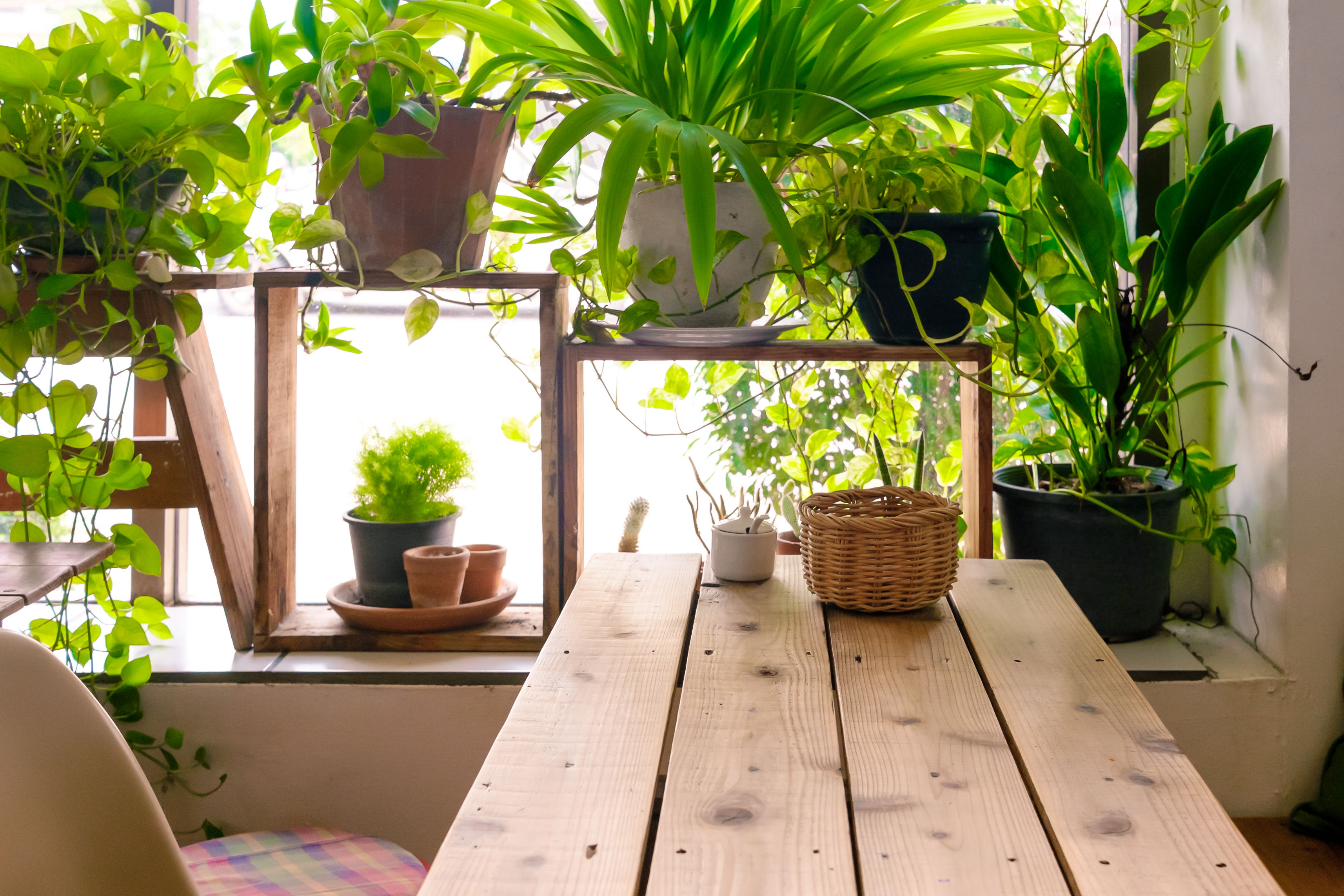Growing Salad Greens Indoors in Winter: A Comprehensive Guide

As the winter chill sets in, many of us bid farewell to our outdoor gardens, believing that fresh, homegrown greens are a luxury reserved for warmer months. But what if I told you that you could enjoy crisp, delicious salad greens all year round, right from the comfort of your own home? Growing salad greens indoors in winter is not only possible but also incredibly rewarding. Let's dive into the world of indoor gardening and discover how you can transform your urban space into a thriving oasis of winter greens.
Why Grow Salad Greens Indoors in Winter?
Imagine the satisfaction of plucking fresh lettuce leaves from your indoor garden, knowing that you've nurtured them from seed to plate. Indoor gardening offers numerous benefits, from the joy of watching your plants grow to the health benefits of consuming fresh, organic produce. Plus, it's an eco-friendly way to reduce your carbon footprint and contribute to urban agriculture.
Getting Started: Essential Indoor Gardening Tips
Choosing the Right Varieties
When it comes to growing salad greens indoors, not all varieties are created equal. Some of the best options for indoor gardening include:
- Lettuce: Opt for varieties like 'Black Seeded Simpson,' 'Buttercrunch,' or 'Red Sails.'
- Spinach: 'Space' and 'Bloomsdale' are excellent choices for indoor growing.
- Arugula: This peppery green thrives indoors and adds a zesty kick to your salads.
- Kale: 'Dwarf Blue Scotch' is a compact variety perfect for indoor gardens.
Selecting the Perfect Container
The right container can make all the difference in your indoor gardening success. Look for pots that are at least 6 inches deep and have good drainage. You can also get creative with repurposed containers like mason jars, plastic bins, or even old boots!
Lighting: The Key to Success
Light is crucial for growing salad greens indoors. Place your plants near a south-facing window to maximize natural light. If your home lacks sufficient sunlight, consider investing in grow lights. LED grow lights are energy-efficient and provide the full spectrum of light your plants need to thrive.
Hydroponic Gardening: A Modern Twist
For those looking to take their indoor gardening to the next level, hydroponic gardening is a fantastic option. This method involves growing plants in a nutrient-rich water solution rather than soil. Hydroponic systems are space-efficient, require less water, and often yield faster growth.
Setting Up a Hydroponic System
- Choose a System: There are various hydroponic systems available, from simple Kratky methods to more complex Nutrient Film Technique (NFT) systems.
- Select a Growing Medium: Options include rockwool, perlite, or coconut coir.
- Nutrient Solution: Use a balanced hydroponic nutrient solution to provide your plants with the essential nutrients they need.
Maintaining Your Hydroponic Garden
Regularly monitor the pH and nutrient levels of your solution to ensure optimal growth. Keep your system clean to prevent the buildup of algae and other contaminants.
Caring for Your Indoor Salad Greens
Watering and Fertilizing
Water your plants consistently, ensuring the soil remains moist but not waterlogged. Use a balanced, water-soluble fertilizer to provide your greens with the nutrients they need.
Temperature and Humidity
Maintain a consistent temperature between 65-75°F (18-24°C) for optimal growth. Use a humidifier if necessary to keep the humidity levels around 50-60%.
Pest Control
Indoor gardens are not immune to pests. Regularly inspect your plants for signs of infestation. Use organic pest control methods like neem oil or insecticidal soap to keep pests at bay.
Harvesting Your Winter Greens
The moment you've been waiting for—harvest time! Most salad greens are ready to harvest within 30-45 days. Use a sharp pair of scissors to cut the outer leaves, allowing the inner leaves to continue growing.
Conclusion: Embrace the Joy of Indoor Gardening
Growing salad greens indoors in winter is more than just a hobby; it's a journey of self-discovery and connection with nature. By following these tips and embracing the art of indoor gardening, you can enjoy fresh, homegrown greens all year round. So, why wait? Start your indoor garden today and reap the rewards of your green thumb.
FAQs
What are the best salad greens to grow indoors?
- Some of the best salad greens to grow indoors include lettuce, spinach, arugula, and kale. Varieties like 'Black Seeded Simpson' lettuce, 'Space' spinach, and 'Dwarf Blue Scotch' kale are particularly well-suited for indoor gardening.
How much light do indoor salad greens need?
- Indoor salad greens need plenty of light to thrive. Place your plants near a south-facing window or use grow lights to provide at least 12-16 hours of light per day.
Can I grow salad greens hydroponically?
- Yes, hydroponic gardening is an excellent method for growing salad greens indoors. It requires less space and water and often results in faster growth compared to traditional soil-based methods.
How often should I water my indoor salad greens?
- Water your indoor salad greens consistently, ensuring the soil remains moist but not waterlogged. The frequency will depend on the type of container and the humidity levels in your home.
What are some common pests that affect indoor salad greens?
- Common pests that can affect indoor salad greens include aphids, spider mites, and whiteflies. Regularly inspect your plants and use organic pest control methods like neem oil or insecticidal soap to keep pests at bay.


0 Response to "Growing Salad Greens Indoors in Winter: A Comprehensive Guide"
Post a Comment